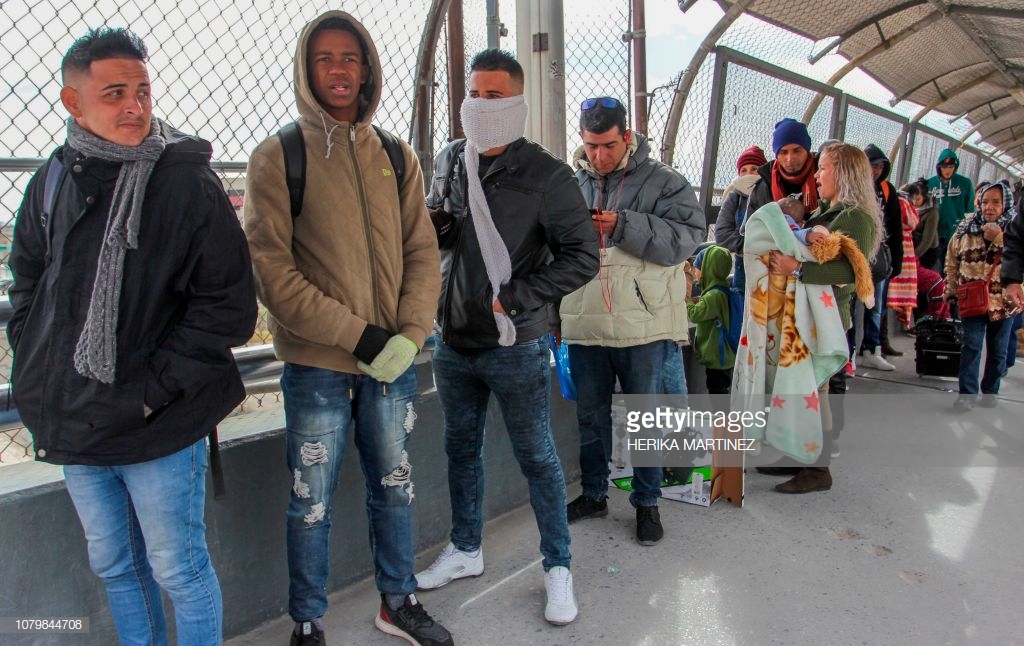With Donald Trump insisting he could keep the “government shut-down for months and even years,” to ensure he gets taxpayers to now fund his “big beautiful wall” to keep “terrorists” and “illegals” out of the southern US border, immigrants ‘in line’ in the US or caught up court proceedings are being impacted by the shutdown.
While Trump is focused on keeping immigrants out at the border, those facing deportation are now being kept in the system longer because of the short-sighted Trump shut down. Immigrants that would have been deported after their hearing are now staying in the country even longer while they await their new court date in an already backlogged system.
So much for Trump’s ‘tough’ immigration policies!
Court appointments scheduled during the shutdown are now being “reset” to new dates in the future, per a notice from the Department of Justice dated Dec. 26, 2018.
For asylum seekers and others hoping to stay in the US, that means the already lengthy process of receiving a decision from a court system that is burdened with an historic backlog of cases will be extended.
Since the Justice Department’s funding ran out on Dec. 22, 2018, all of the approximately 400 immigration judges who adjudicate a backlog of over 800,000 pending cases, have been furloughed. The DOJ’s website is also not being updated during the shutdown.
The only exception now are courts operating in immigration detention centers, where federal immigration authorities hold immigrants pending deportation. However, court staff may not be paid while continuing to hear those cases.
Each day of the shutdown means thousands of cases will be pushed back indefinitely, according to Ashley Tabaddor, president of the National Association of Immigration Judges.
This will add to an already backlogged system that needs more funding to clear cases faster than the country needs a wall. The average wait time for immigration court hearings is 718 days, according to the Transactional Records Access Clearinghouse at Syracuse University. Courts in San Antonio and Chicago have the longest waits at more than 1,500 days, or over 4 years.
Meanwhile, while the U.S. Citizenship and Immigration Services, (USCIS) says it’s still processing applications and interviews scheduled will be held because it is an immigrant fee-funded agency, some USCIS programs, however, will either expire or suspend operations, until they receive appropriated funds or are reauthorized by Congress.
These include the following:
1: The EB-5 Immigrant Investor Regional Center Program – not the EB-5 Program.
2: The E-Verify program, where the government website that allows businesses to check their employee’s immigration status is unavailable due to the shutdown.
3: The Conrad 30 Waiver Program for J-1 medical doctors, which allows J-1 doctors to apply for a waiver of the two-year residence requirement after completing the J-1 exchange visitor program, is currently shutdown.
4: And processing for non-minister religious workers and occupations to immigrate or adjust to permanent resident status in the U.S. to perform religious work in a full-time, compensated position, is also shutdown.
Additionally, updates on the US Customs and Border Patrol (US CBP) and US Immigration and Customs Enforcement (US ICE) sites have lapsed due to no funds and transactions submitted via these websites might not be processed until after appropriations are enacted.











